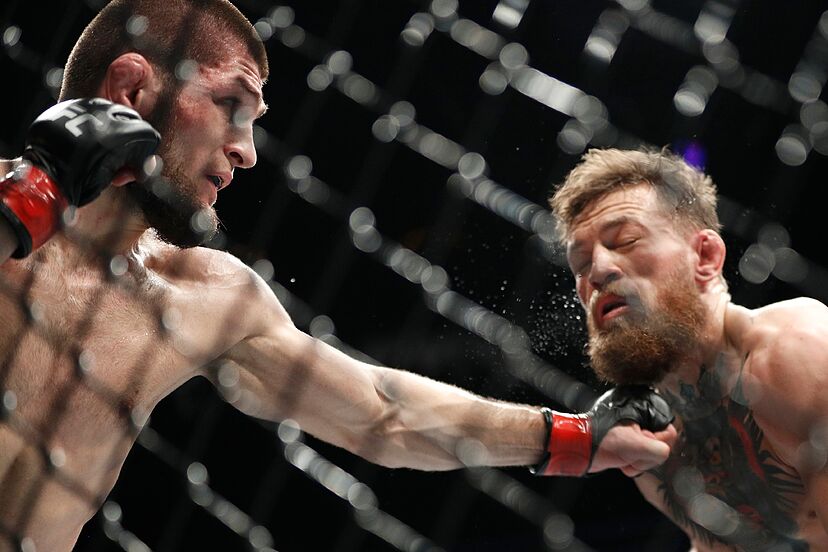The Association of Boxing Commissions has introduced two new regulations and made changes to an existing rule, potentially impacting the dynamics of actions in the UFC Octagon.
Over time, several rules that weren’t initially part of the official UFC regulations have been incorporated for the betterment of fighters and the overall sport. This gradual implementation of rules has contributed to making the dangerous sport of MMA relatively safer..
ABC approves 3 new rules
Erik Magraken, the managing partner of MacIsaac & Company specializing in litigation law and combative sports regulatory matters, has verified that the Association of Boxing Commissions has given the green light to two significant new regulations.
These rules primarily concern accidental eye pokes and intentional fouls, aiming to rectify situations where the affected fighter is put at a disadvantage. These rules were sanctioned during a recent meeting.
The first rule states that a fighter with a cut caused by a foul can now receive treatment for the cut within the round, rather than solely between rounds.
The second rule, pertaining to eye pokes involves guidelines for contact between referees and ringside physicians after an eye poke violation, aims to prevent situations where fights might be prematurely stopped due to a foul.
The third rule modification is regarding how fighters should be positioned for a restart after receiving a warning for a foul, undergoing a physician’s examination, or having a point deducted.
Impact of the new rules on UFC
Erik, a licensed judge in British Columbia for Mixed Martial Arts delved into the specifics of how the rule changes would influence the dynamics within the octagon. He explained under the first rule adjustment, whether it’s a collision of heads or an unauthorized strike, fighters will now be granted a five-minute recovery window for cuts.
According to the new eye poke regulation, in the event of an eye poke, a timeout will be initiated, providing the fighter with a maximum of five minutes for recovery to offer fighters an opportunity to regain their composure followed by a swift assessment by the doctor. The third revised rule is aimed to ensure that if a fighter in a disadvantaged position commits a foul referee can pause the action to reposition to the fighter’s stance.
It needs to be mentioned, however, that there have not really been any rules put in place to address the weight-missing issue which has become somewhat of a plague in recent years.
What is your take on the new rules? Share your thoughts with us in the comment section.







